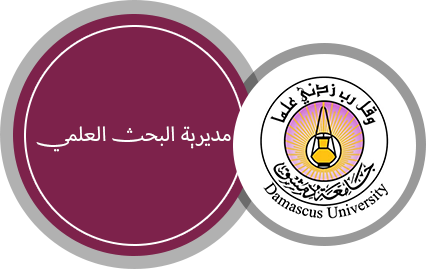| Title |
CMIP5 climate projections and RUSLE-based soil erosion assessment in the central part of Iran |
| Authors |
Hateffard, F., Department of Landscape Protection and Environmental Geography, Faculty of Science and Technology, University of Debrecen, Debrecen, Hungary; Mohammed, S., Institute of Land Use, Technology and Regional Development, University of Debrecen, Debrecen, 4032, Hungary; Alsafadi, K., Department of Geography and GIS, Faculty of Arts, Alexandria University, Alexandria, 25435, Egypt, School of Geographical Sciences, Nanjing University of Information Science and Technology, Nanjing, 210044, China; Enaruvbe, G.O., African Regional Institute for Geospatial Information Science and Technology, Obafemi Awolowo University, Ile-Ife, Nigeria; Heidari, A., Soil Science Department, University of Tehran, Karaj, Iran; Abdo, H.G., Geography Department, University of Tartous, Tartous, Syrian Arab Republic, Geography Department, University of Damascus, Damascus, Syrian Arab Republic, Geography Department, University of Tishreen, Lattakia, Syrian Arab Republic; Rodrigo-Comino, J., Physical Geography, Trier University, Trier, 54296, Germany, Soil Erosion and Degradation Research Group, Department of Geography, University of Valencia, Valencia, 46010, Spain |
| Source title |
Scientific Reports |
| ISSN |
20452322 |
| Q |
Q1 |
| Link |
https://www.scopus.com/inward/record.uri?eid=2-s2.0-85103744723&doi=10.1038%2fs41598-021-86618-z&partnerID=40&md5=7c41b9a642693297137b14f2cbb42e73 |
| Abstract |
Soil erosion (SE) and climate change are closely related to environmental challenges that influence human wellbeing. However, the potential impacts of both processes in semi-arid areas are difficult to be predicted because of atmospheric variations and non-sustainable land use management. Thus, models can be employed to estimate the potential effects of different climatic scenarios on environmental and human interactions. In this research, we present a novel study where changes in soil erosion by water in the central part of Iran under current and future climate scenarios are analyzed using the Climate Model Intercomparison Project-5 (CMIP5) under three Representative Concentration Pathway-RCP 2.6, 4.5 and 8.5 scenarios. Results showed that the estimated annual rate of SE in the study area in 2005, 2010, 2015 and 2019 averaged approximately 12.8 t ha−1 y−1. The rangeland areas registered the highest soil erosion values, especially in RCP2.6 and RCP8.5 for 2070 with overall values of 4.25 t ha−1 y−1 and 4.1 t ha−1 y−1, respectively. They were followed by agriculture fields with 1.31 t ha−1 y−1 and 1.33 t ha−1 y−1. The lowest results were located in the residential areas with 0.61 t ha−1 y−1 and 0.63 t ha−1 y−1 in RCP2.6 and RCP8.5 for 2070, respectively. In contrast, RCP4.5 showed that the total soil erosion could experience a decrease in rangelands by − 0.24 t ha−1 y−1 (2050), and − 0.18 t ha−1 y−1 (2070) or a slight increase in the other land uses. We conclude that this study provides new insights for policymakers and stakeholders to develop appropriate strategies to achieve sustainable land resources planning in semi-arid areas that could be affected by future and unforeseen climate change scenarios. |
|





